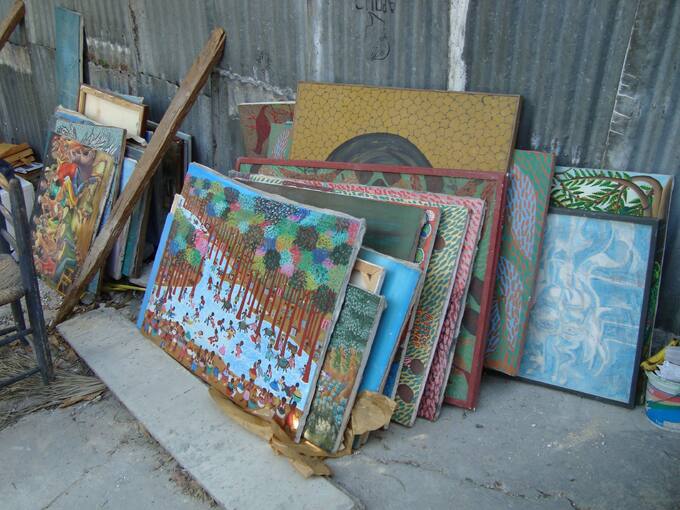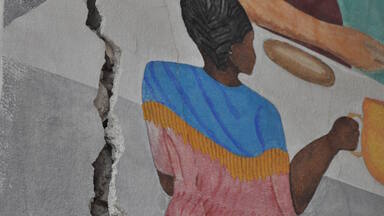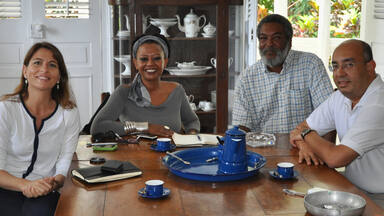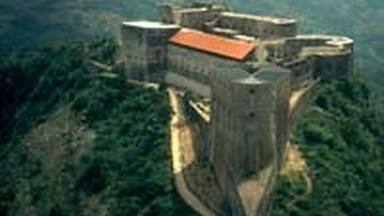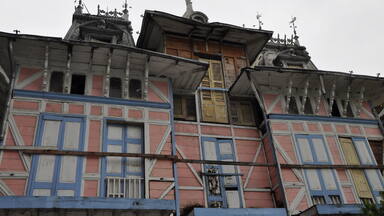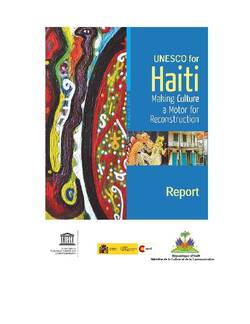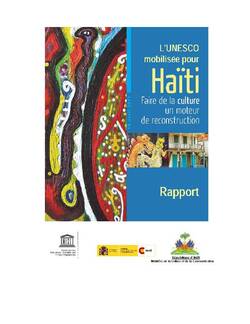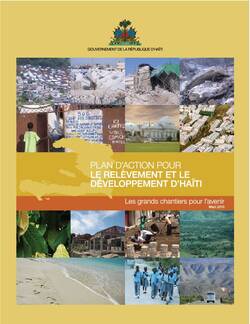UNESCO for Haiti
Making Culture a Motor for Reconstruction
Haiti, the "land of a thousand colours"
"Haiti will certainly not die, because its painters started painting again, its poets started creating, its singers composing, its writers writing, and stories started circulating, very soon after the disaster of 12 January 2010... The clean slate is now the catalyst for a new era."
Mimi Barthélémy, storyteller
Haiti is characterized by a rich and diversified culture: the creativity of its artists, the country's cultural heritage and the diversity of its cultural expressions are crucial for Haitian memory and the vitality of its people. These factors constitute the fundamental pillars of Haiti's social cohesion. The Carnival, a living heritage expression that each year brings together thousands of Haitians from the entire country, is the social highlight of the year for most Haitians. The cultural sector represents an important source of income and employment for many Haitians. Creative industries, such as crafts, books and music, are critical to the country's economic development (artisans make up 10 per cent of the workforce or roughly 400,000 people). Haiti also possesses significant cultural sites: The National History Park an early 19th century complex, comprising the Palace of Sans Souci, the buildings at Ramiers and, in particular, the Citadel serve as universal symbols of liberty, being the first monuments to be constructed by black slaves who had gained their freedom, inscribed on the World Heritage List in 1982. Another cultural highlight is - the colonial city of Jacmel founded in 1698 over an ancient pre-Colombian village, and placed on Haiti's "Tentative List" of World Heritage in 2004.
Culture plays a central role in the lives of Haitian people. We understood this on the day after the earthquake, when we saw paintings and craft objects on sale in the devastated streets...Today, more than a year after the earthquake, there has emerged a whole series of art objects made out of the materials retrieved from the ruins.
"I appeal to the generosity and commitment of all our bilateral and multilateral partners in supporting the action of UNESCO for Haiti, which is so dear to us. The fate of this country is also our shared responsibility, and we can make it into a model of international cooperation. For nearly one year, I have put all my energy and force of conviction into this action, and I invite you to join us ".
Irina Bokova, UNESCO Director-General
Immediately after the earthquake struck on 12 January 2010, UNESCO mobilized resources to help the Haitian people and to stand alongside its Government. The Organization's primary role is to coordinate the activities of the various actors, strengthen national capacities and achieve priority long-term structuring actions. In April 2010, the UNESCO Executive Board established the International Coordination Committee for the Safeguarding of Haitian Cultural Heritage (ICC) in line with the national reconstruction plan.
The ICC's mission is to coordinate all interventions in the field of culture in Haiti and to mobilize resources for this purpose. It established a "roadmap", composed of a number of recommendations such as updating the law for the protection of the national heritage, creating an inventory of the capital Port-au-Prince and of Jacmel, identifying the most endangered intangible cultural expressions, organizing the safeguarding of records, books and other movable cultural property, collecting data, and developing methodological tools in the cultural industries sector.
External Links
The UNESCO courier: http://unesdoc.unesco.org/images/0018/001894/189496e.pdf

